Gemstones do not begin as the sparkling, perfectly shaped jewels that are so often seen in jewellery. Whilst rough gemstones are beautiful, they do not have the same striking appearance as some of the most popular gemstone cuts. In order to become suitable for use in jewellery, a gemstone must be carved and faceted by an expert to emphasise its natural beauty. A gem cutter requires at least two years’ experience to be considered a professional and must have a talent at being able to choose the optimal cut for any specific stone.
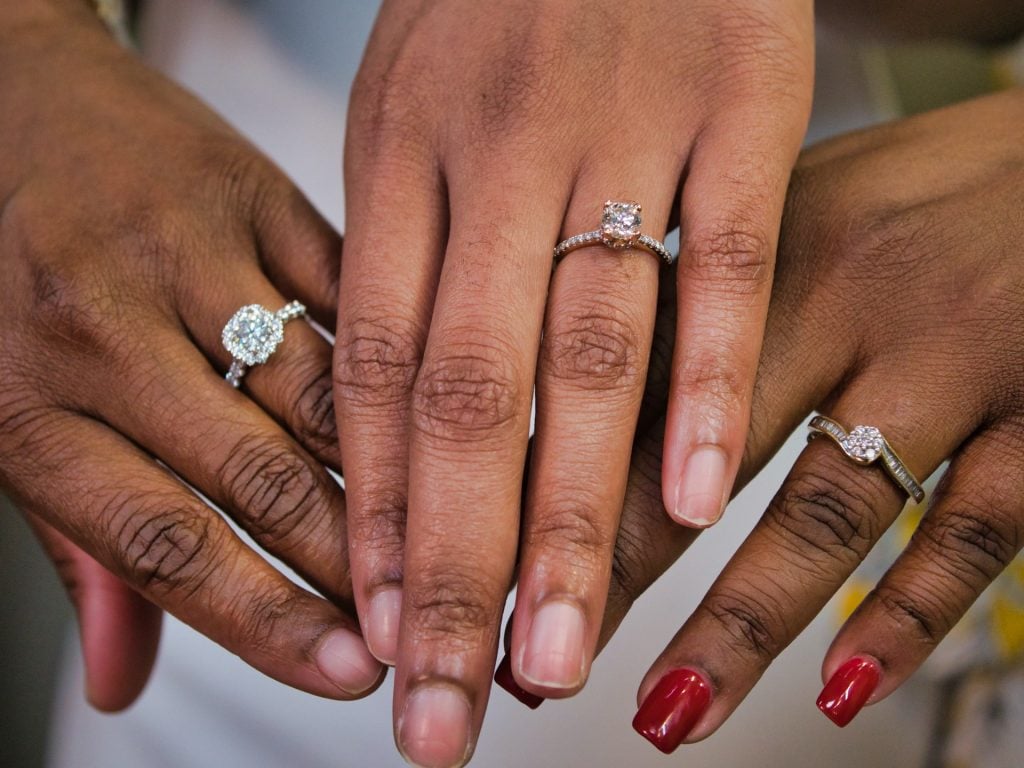
Every gemstone is entirely unique and the way in which it is cut can bring out the beauty within or dull it entirely. It is vital that a gemstone is cut with its own particular inclusions in mind in order to accentuate its sparkle and vibrancy. There are a great variety of gemstone cuts and each one is suited to different personal styles and different kinds of jewellery. If you are unsure on which gemstone cut to choose for the next addition to your collection, keep reading for our guide to the most popular gemstone cuts.
Most Popular Gemstone Cuts
Round Brilliant Cut
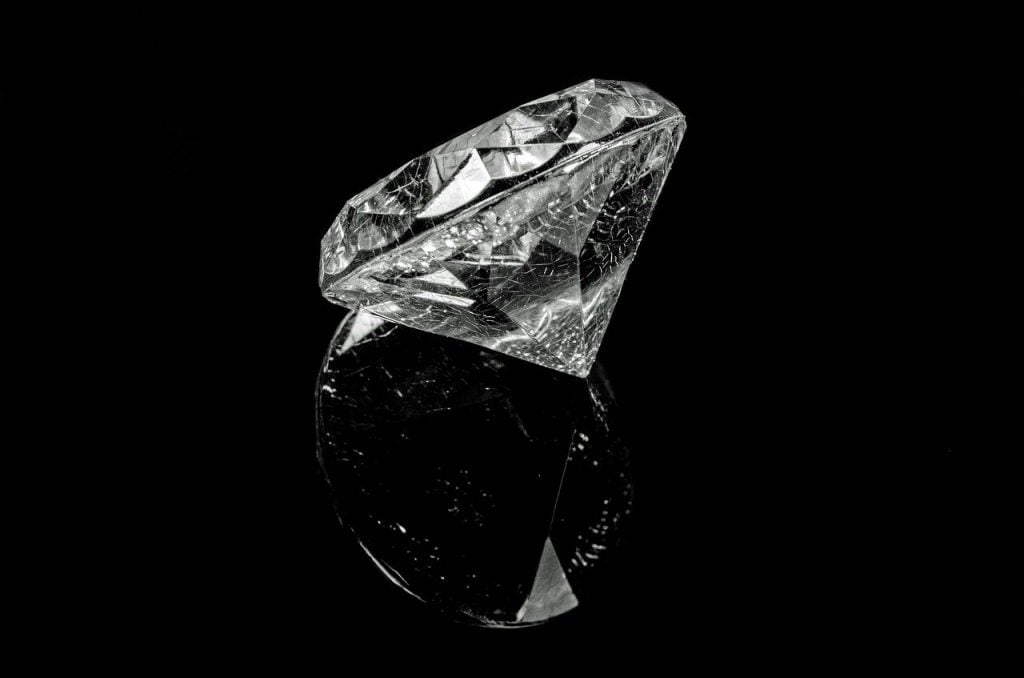
The round brilliant cut is one of the most popular modern gemstone cuts due to the sheer amount of sparkle it gives the gemstone. This cut is especially popular when used for diamonds. The gemstones in many engagement rings are round brilliant cut to ensure that they are eye-catching. Gemstones of this cut have dominated the market since the 1880s when it was popularised by Tiffany & Co. As a rule, this tends to be the most expensive gemstone cut due to the high level of fire and clarity created by the high number of facets.
Asscher Cut
This cut was created by the Asscher Brothers of Holland’s Asscher Diamond Company. The cut was first introduced in 1902 but did not become popular until the 1920s. The shape of this cut combines elements of the princess cut and the emerald cut. Gemstones of this cut are a square shape with cropped corners and several step cuts. The step cuts give a ‘hall of mirrors’ effect to the stone which is prone to showing inclusions.
Baguette Cut
The baguette cut is named simply for the shape of the gemstones. Gemstones with this cut are rectangular or trapezoidal and have a similar appearance to emerald cut gemstones. Baguette cut stones have the same step cuts as emerald cut stones but tend to have fewer facets. Symmetry and clean lines are vital in making this stone as beautiful as possible.
Cabochon Cut
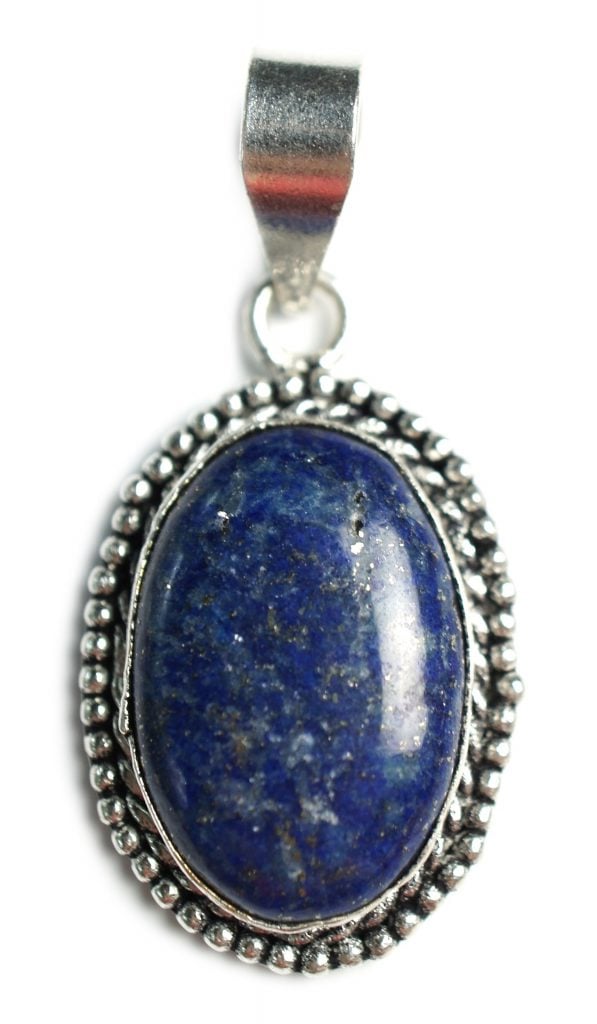
Gemstones of this cut have a smooth, round surface. A cabochon cut tends to be used on more affordable and waxier or opaque stones as a faceted cut would not create sparkle within them. The gemstones that this cut is used on are sometimes softer and more prone to scratching, so they are cabochon cut to avoid any scratches that may be created whilst faceting. This cut is also used for gemstones with visual effects, such as asterisms, to enhance these natural features.
Cushion Cut
This gemstone cut is often considered to be a very vintage style, although it has begun to make a comeback in recent years. This cut gives the stone large facets which means that it can be very unforgiving if a stone has any internal flaws. However, this cut does provide more fire than others. Most of the time, this cut is used in a square shape, but occasionally jewellers will used rectangular cushion cut stones. These gemstones have an average of 64 facets. This cut produces less wastage than some others, so is often preferred by gem cutters.
Emerald Cut
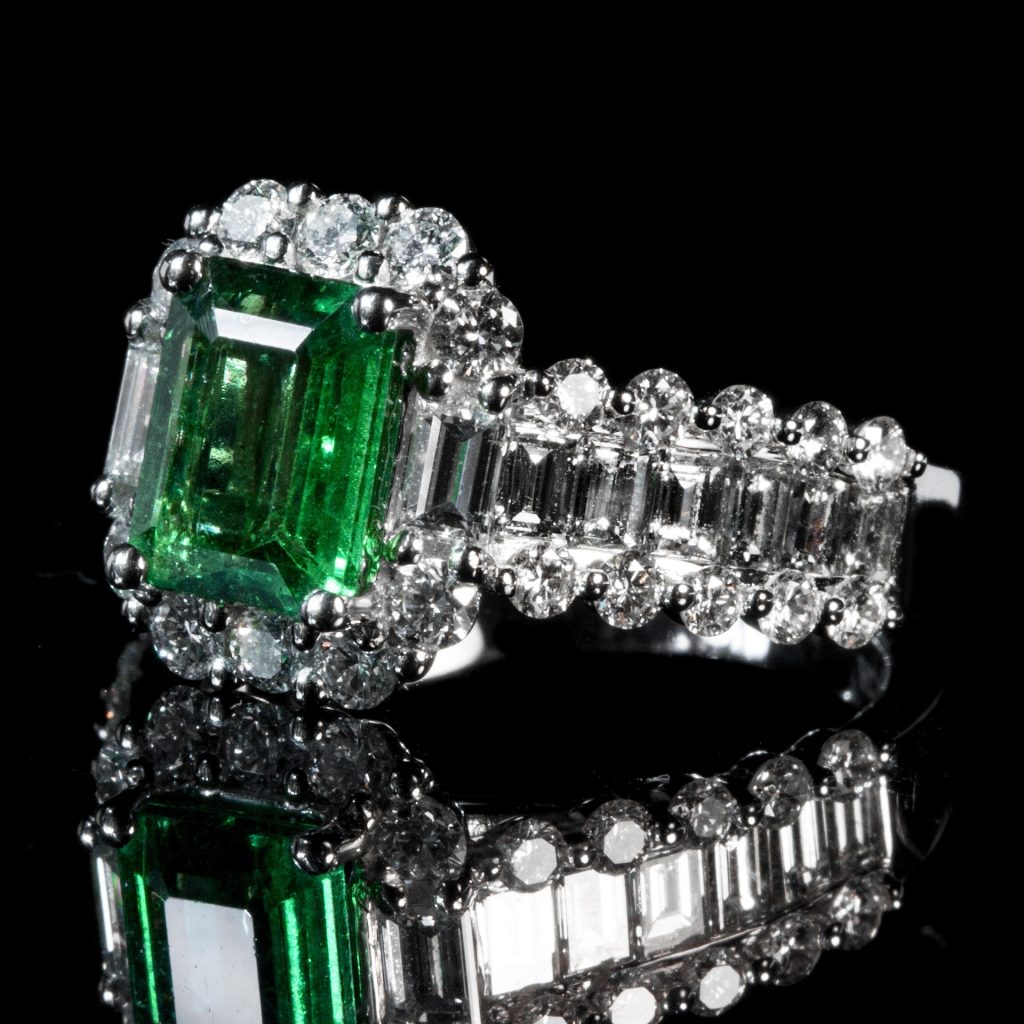
As the name might suggest, this cut was popularised through its use in the cutting of emeralds. Emerald cut gemstones are rectangular and have an average of 50 facets. This cut presents the vivid colours of gemstones well, so it best used for vibrant stones. The shape is created using step cuts that run parallel to the stones girdle. This makes the light reflect in sheets, creating an unusual and eye-catching effect.
Heart Cut
This is perhaps one of the most challenging cuts to create due the absolute symmetry and precision that are required. A heart cut gemstone is essentially an oval gem with tipped ends. They have an average of 59 facets in order to deliver the maximum amount of fire. The centre cleft must be deep enough that the shape is apparent, and the lobes should be rounded but not bulging. Heart cut gemstones often look better in larger sizes as it is easier to express the true shape this way.
Marquise Cut
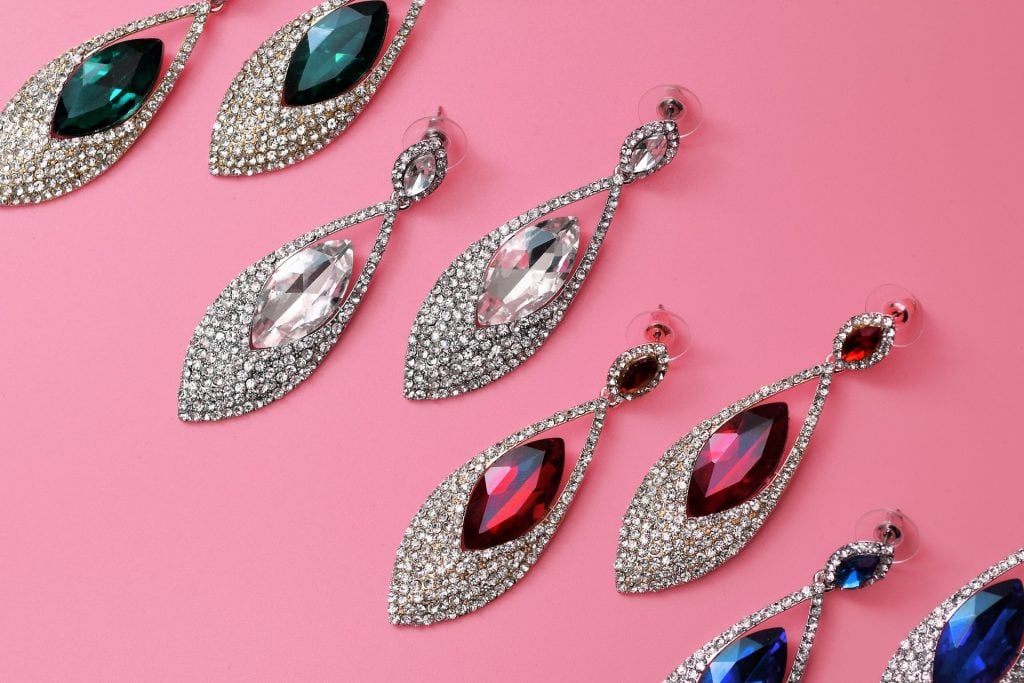
The marquise cut is sometimes also referred to as the navette cut. This shape was designed to create the most sparkle by maximising the space where the light can be reflected. Stones of this cut are an oval shape with pointed tips. The tips must be perfectly aligned, and symmetry precisely maintained. Stones of this cut tend to be desirable as they appear larger than any other cut for the same carat size.
Oval Cut
Gemstones of this cut are especially suited for use in rings as they have a lack of corners. This makes them less prone to chipping. Modern oval cut stones have 58 facets, and the large amount of sparkle is able to hide any inclusions in the stone. However, oval cut stones can exhibit an extinction known as bowtie. This means that the light does not always reflect well in the centre of the stone, creating a dark area in the shape of a bowtie.
Pear or Teardrop Cut
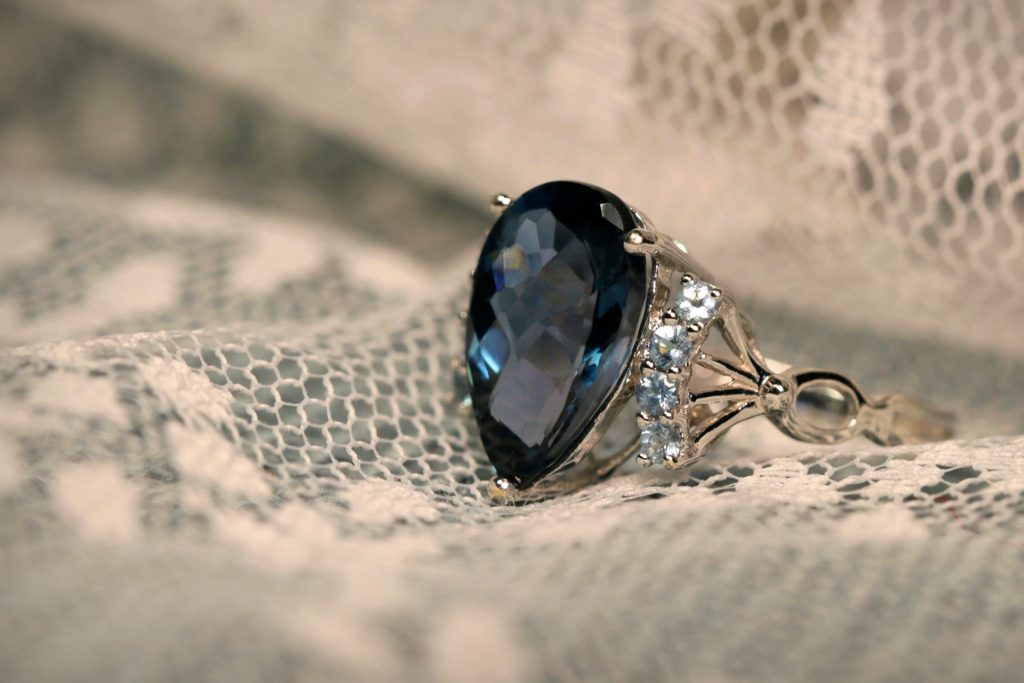
The names pear and teardrop are used almost interchangeably for this cut as its shape resembles both items. Stones with this cut are often brilliant cut with 58 facets. Pear cut gemstones tend to show inclusions more readily than other shapes, so the cut is best used on near flawless stones. When cutting stones in this shape, it is vital to ensure that they are well proportioned so that they do not look malnourished or bulky.
Princess Cut
The princess cut was invented in the 1960s and is essentially a square version of the round brilliant cut. The square shape allows for a more modern and unusual take on the classic round brilliant without sacrificing any of the sparkle and beauty of the stone. Princess cut gemstones tend to be more affordable than round brilliants as the straight edges allow the gem cutter to be rougher when cutting the stones. However, the corners of these stones are prone to chipping, so they must be properly protected when being set in jewellery.
Radiant Cut
Radiant cut gemstones have a similar appearance to emerald cut stones. The difference between the two cuts is that the radiant cut uses brilliant cuts as well as step cut facets. This means that the radiant cut is better at disguising inclusions in the stone than the emerald cut. The radiant cut works especially well for coloured gemstones as it exhibits their full vibrancy.
Our Top Recommendations
Certified Diamond 0.41ct H SI1 IGI Diamond Solitaire Engagement Ring FCD28359
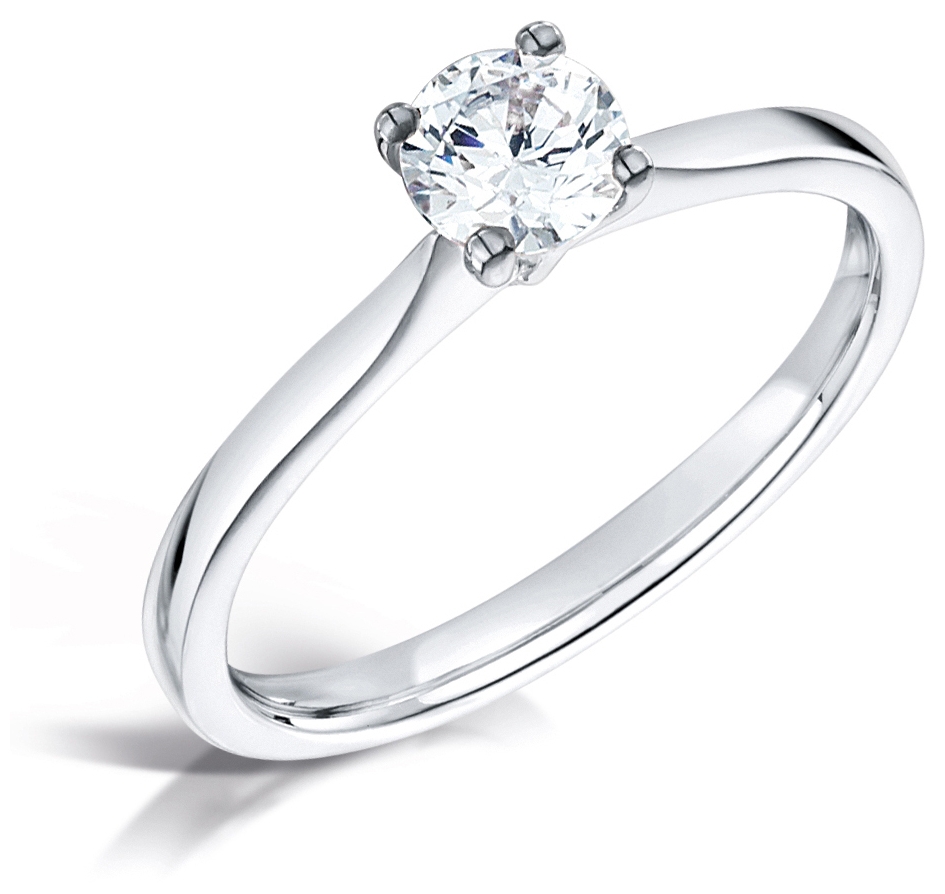
This diamond solitaire engagement ring exhibits a stunning 0.41 carat brilliant cut diamond. The diamond is set on a platinum band within a four-claw Tiffany style setting. The colour of the diamond is a certified IGI H grade, meaning that it is near colourless. The diamond has no inclusions that are visible to the naked eye.
Thomas Sabo Gold Plated Single Stud Earring | Baguette Cut Stone H2185-414-14
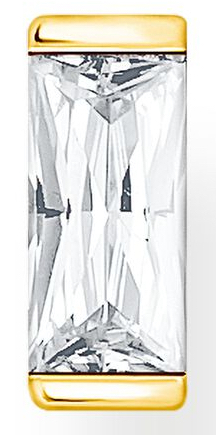
This single earring from Thomas Sabo features a baguette cut stone. The cut of this stone catches the light in an unusual and striking way. This is because the step cuts that are used to create this shape reflect the light in sheets. The stone is set in a gold plated stud earring to create an asymmetrical and contemporary look.
James Moore TH 9k Yellow Gold Diamond Opal Ring RD299O
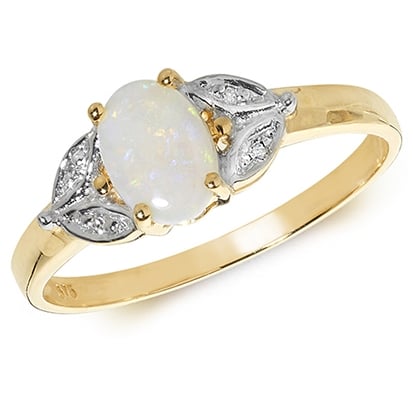
Opal lends itself to being cut in a cabochon shape as it is a soft gemstone. Soft gemstones can be prone to chipping, but the smooth round surface of the cabochon cut avoids any damage. This ring features a cabochon cut opal set amongst diamonds. The stones are set on a timeless 9 karat yellow gold band.
Elements Gold 9k Yellow Gold Emerald Diamond Deco Ring GR567G
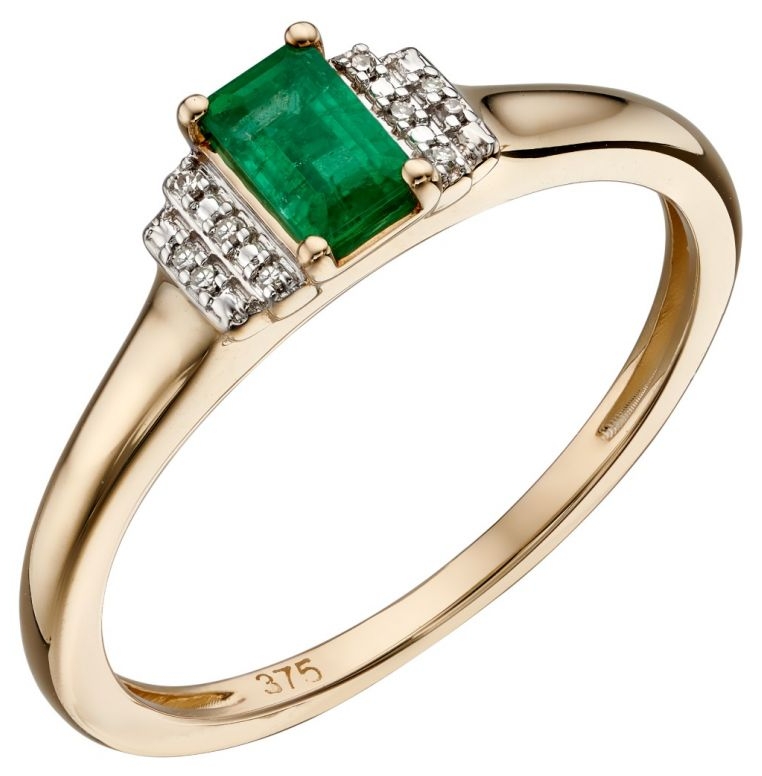
The emerald gemstone cut is named for its use on emeralds, so what better way to exhibit this timeless cut that with the vibrant green gemstone? This ring exhibits an emerald cut emerald at its centre. The emerald is framed by two rows of diamonds on either side, providing this ring with a true art deco aesthetic. All of these stones are set on a classic 9 karat yellow gold band.
Elements Gold 9ct Yellow Gold Tanzanite Diamond Marquise Drop Earrings GE2037M
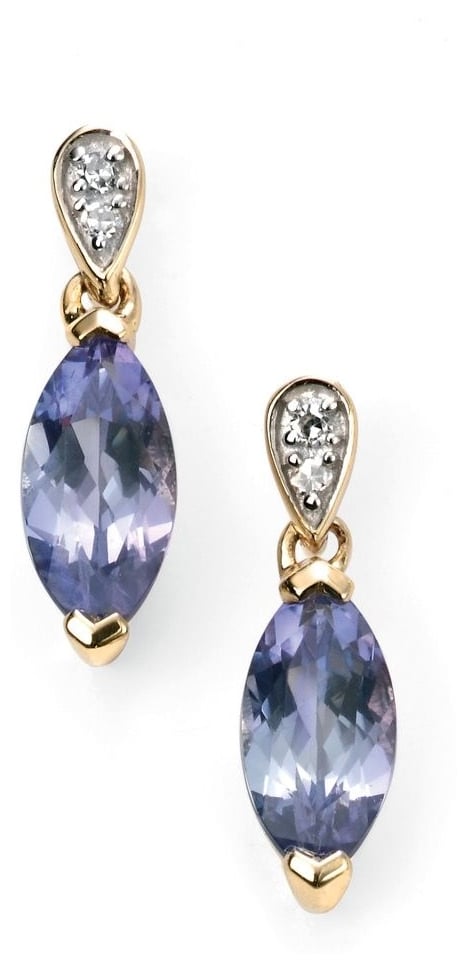
A marquise cut gemstone will appear larger than any other gemstone cut for the same carat size, so this cut works well on small and subtle pieces of jewellery. These drop earring feature beautifully marquise cut tanzanite stones in a vibrant violet shade. The earrings exhibit a diamond above the tanzanite for an added touch of glamour. The posts and settings of these earrings are made of 9 karat yellow gold.
James Moore TH 9k White Gold Teardrop Diamond Ruby Halo Stud Earrings ED248WR
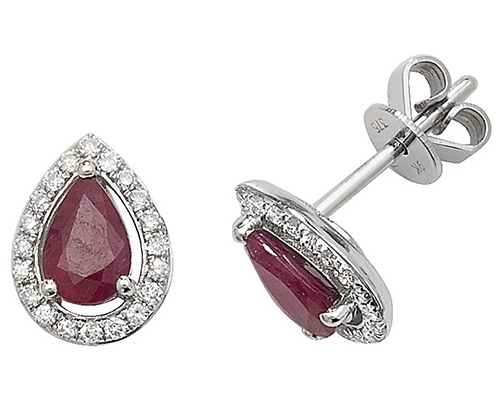
Teardrop, or pear, cuts give any piece of jewellery a truly classic and timeless look. The earrings are no exception with flawlessly teardrop cut rubies at the centre. The deep red ruby of each earring is framed in a halo of diamonds for added sparkle. These gemstones are set on 9 carat white gold stud earrings.
What are your thoughts on our guide to the most popular gemstone cuts? Which is your favourite? Let us know in the comments below!





